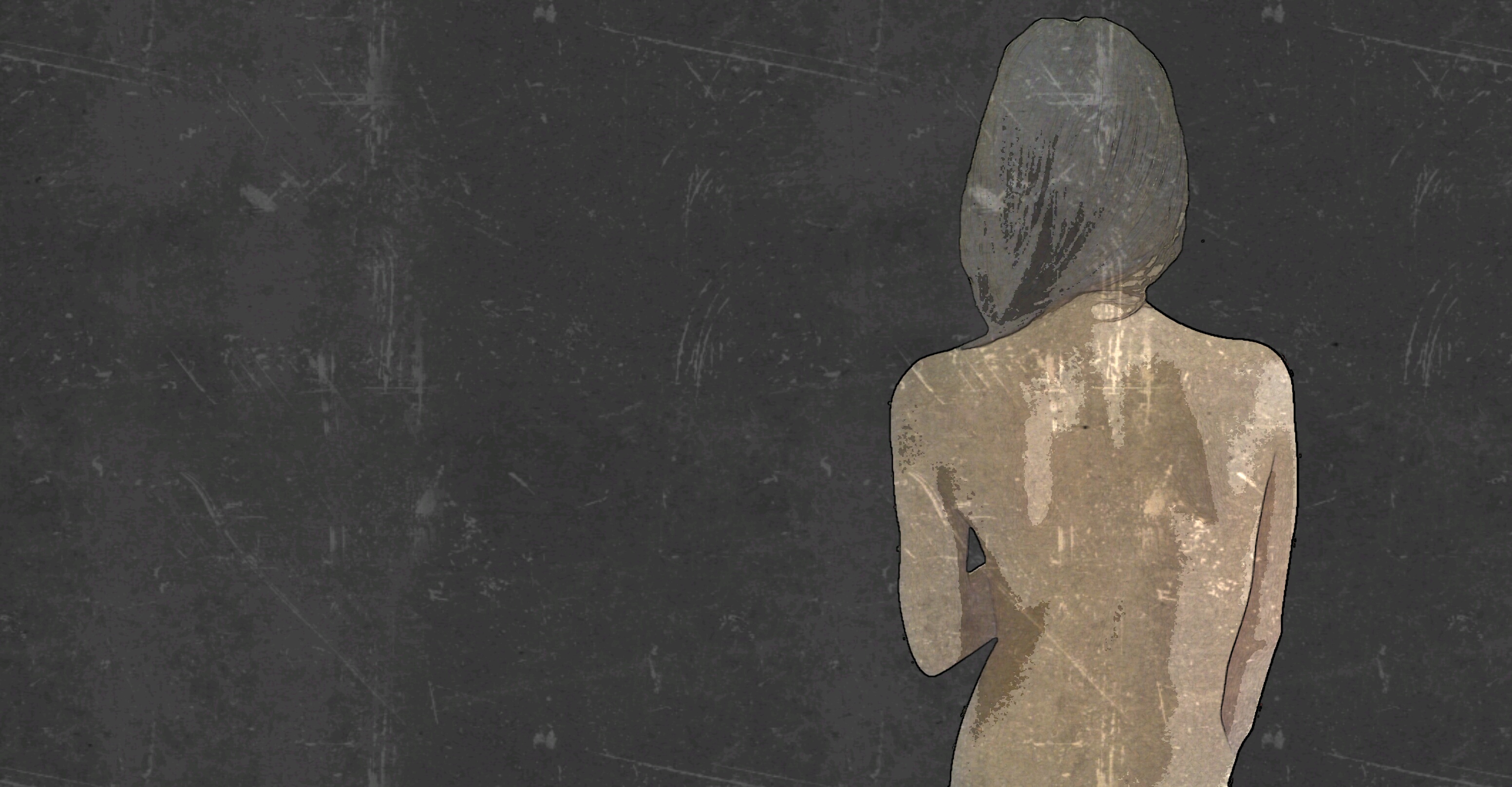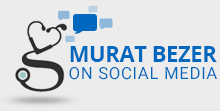Scoliosis Therapy

Does everyone need scoliosis therapy?
90% of scoliosis patients have a low degree curvature that does not necessitate therapy. It is important to check if there is an increase in the scoliosis curvature by periodic x-rays during adolescence. A therapy needs to be planned in case of an increase.
Which factors are important in scoliosis therapy?
- The patient’s age
- The patient’s bone age (not always equal to the biological age)
- The patient’s gender
- The patient’s stage of adolescence
- Scoliosis curvature size
- Scoliosis curvature location
- Scoliosis curvature increase rate
- The existence of back pain or respiratory disorders
What are the options for scoliosis therapy?
There are three options for scoliosis therapy such as monitoring, bracing and surgery.
Monitoring:
- Low-sized curvatures of adolescent patients (adolescent scoliosis).
- Mid-sized (below 45 degrees) curvatures of adult patients.
- Follow-up visits are once in 6 months until the age of 20 and annually afterwards.
Bracing:
- Applied for curvatures between 25-45 degrees.
- The purpose is to stop the progression of scoliosis in the growing spine of a child.
Surgery:
- Applied for curvatures bigger than 50 degrees.
- May be applied for lower degree scoliosis if the curvature discomforts the patient or if there are other clinical complaints.
- The purpose is to correct the scoliosis curvature. After achieving the maximum safe correction possible, the corrected vertebrae are fused together.
- Metal screws, hooks and rods are placed in the vertebrae during the surgery. Scoliosis curvature is corrected by means of these metal implants and the vertebrae are hold in the corrected position until they fuse together.
How is scoliosis therapy in adolescence?
- The severity and the location of scoliosis curvature are important in planning the therapy for children.
- Another factor is the child’s age. Different methods of therapy can be suggested for kids with a growing spine.
- The physician could be able to predict the course of scoliosis and suggest alternative treatments especially suitable for the patient.
- Adolescents with 50 or higher degree of scoliosis should be directed to surgical treatment.
Which factors increase the success rate of bracing in scoliosis?
- Early diagnosis of scoliosis (during childhood)
- Smaller size (lower degree) of the curvature
- Regular orthopedic monitoring
- Close-fit of the brace
- Patient compliance
- Family support
- Activity (scoliosis exercises, stretching, swimming, dancing, yoga)
What type of brace should be used?
.jpg) The purpose of brace treatment in scoliosis is to stop the progression of scoliosis in adolescence. There are many types of scoliosis braces. There should be an orthotic technician in the team that your doctor is working with. Every patient needs a different brace. So it has to be personal. Several factors play a part in deciding the type of scoliosis brace to be used.
The purpose of brace treatment in scoliosis is to stop the progression of scoliosis in adolescence. There are many types of scoliosis braces. There should be an orthotic technician in the team that your doctor is working with. Every patient needs a different brace. So it has to be personal. Several factors play a part in deciding the type of scoliosis brace to be used.
- The place of scoliosis curvature
- The flexibility of scoliosis curvature
- The number of scoliosis curvature
- The position of the curved vertebrae and their range of rotation
- Other health issues of the patient
What does a brace look like?
- There are essentially two types of braces: Plastic (hard) and elastic (soft).
- Hard braces look like a tube that covers the body from pelvis to armpits. There is a space at the bottom for wearing it and there are velcro fasteners. Hard braces are designed either symmetrical or asymmetrical (curved) in order to put corrective pressure on scoliosis.
- Soft braces are consisted of velcro fasteners, plastic bands, various little plastic and metal parts. The brace is adjusted to put the greatest corrective pressure on scoliosis by the help of these elements. It is aimed to remain stable while the patient is moving.
- The brace is to be chosen by the doctor. He/she may choose a hard or a soft brace. It must be produced exclusively for the patient. It must be modified or (if necessary) changed over time according to the changes in the patient and scoliosis.
Does brace treatment work?
Studies show that brace treatment prevents scoliosis curvature from progressing to a level that will require surgery. Scoliosis curvature generally decreases in the brace. It may be reduced or the same when the spinal growth is completed. Some patients have their scoliosis increased in spite of brace treatment. Nevertheless, it is an obvious fact that bracing is a successful treatment for scoliosis.
How long should one continue brace treatment?
Brace treatment should continue until the spinal growth is completed. This duration can vary depending on the patient. Your doctor should be monitoring your brace and your spinal growth once in every 4-6 months.
Are there scoliosis braces for nighttime use?
Many factors play a part in deciding what kind of brace you should be using. Braces are often used between 16-23 hours a day. Some braces are only used at nighttime during sleep.
Do braces affect the choice of clothing or sports?
Patients may have some difficulties in wearing and taking off the brace at first times. They get used to it in time. Patients often choose baggy clothes that cover the brace. They can take off the brace while doing sports that are allowed by their doctor.
What happens if braces are not used?
Your scoliosis may progress if you don’t use a brace even though your doctor has suggested that you should. This also increases your chances to undergo a surgical operation for scoliosis..jpg)
Which factors affect the decision of surgery in scoliosis?
- The location of scoliosis
- The size of scoliosis
- The existence of an accompanying kyphosis
- The existence of pain
- Remaining potential of growth (spine, tall stature)
- Other factors regarding the patient
Which questions should be asked if your doctor suggests surgery?
- The risks involved in the surgery
- Preoperative tests
- Your doctors experience and success rate
- The duration of surgery
- Postoperative pain and its treatment
- Whether you will give blood in the operation
- The length of hospital stay
- Physical restrictions after surgery
- Brace treatment after surgery
- Physical therapy after surgery
- When to take a shower after surgery
- When to start school or work
- When to start doing sports
- Whether if there will be a limited range of motion
- The location of bones that will be fused to your vertebrae (will it be taken from your own body or from outside)
- Whether if you will need to inform your dentist after spinal fusion
- Whether if there will be an alarm when you cross security detectors due to the metal implants in your spine
- Whether if you will need more than one operation
- Whether if you will need psychological support in preparing for the operation
- The fee of the operation
Does smoking prevent spinal fusion?
Smoking delays tissue healing. The scoliosis surgery fails if bones do not heal and fuse together. Smoking needs to be quitted before surgery.
Is it possible for the metal implants to rust or be denied by the body?
It is impossible for the metal implants used in scoliosis surgery to rust or be denied by the body.
What happens if the patient receives no treatment?
Two important indicators that create expectation of a progressing scoliosis are early age and a high degree curve. The scoliosis of patients who are diagnosed before the age of 10 and have a Cobb angle of more than 35 degrees show progression if not treated. The scoliosis of adult patients may progress at a rate of 1-1.5 degree a year if the angle is more than 50, but not if the angle is less then 30.
What are other ways to fight scoliosis?
Physical therapy:
There are many techniques of physical therapy for the purpose of correcting scoliosis or achieving a better body. However, there is still no proof that physical therapy is useful for scoliosis. There are scientific evidences that it improves respiratory functions and helps patients to stand straight but there is no difference in the scoliosis progression rate between children who receive physical therapy and those who don’t. Physical therapy can be useful if there are other spinal issues like back pain in addition to scoliosis.
Chiropractic treatment:
It has no scientific place in scoliosis treatment.
Acupuncture:
It has no scientific place in scoliosis treatment.
Yoga:
Many yoga systems aim to strengthen the muscles by stretching, breathing exercises and improving posture. Some systems include meditation as well. Although it is unknown whether it will be useful in back problems or not, it may help those who suffer back pain.
Massage:
Massage can be useful in treating back pain. It can involve a variety of techniques. Best is to have it from a trained physiotherapist under the supervision of your doctor.
Pilates:
Pilates involves exercises that focus on strengthening the abdominal and back muscles. It has no scientifically proven benefit in scoliosis. Pilates exercises should be done progressively and under the supervision of a doctor. It should not cause back pain to increase.








